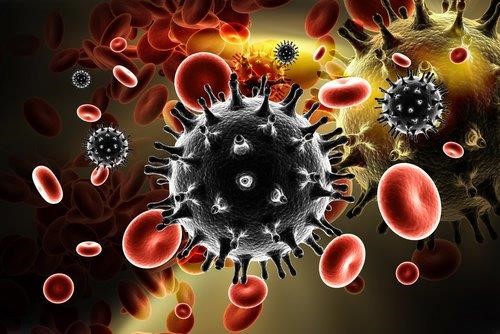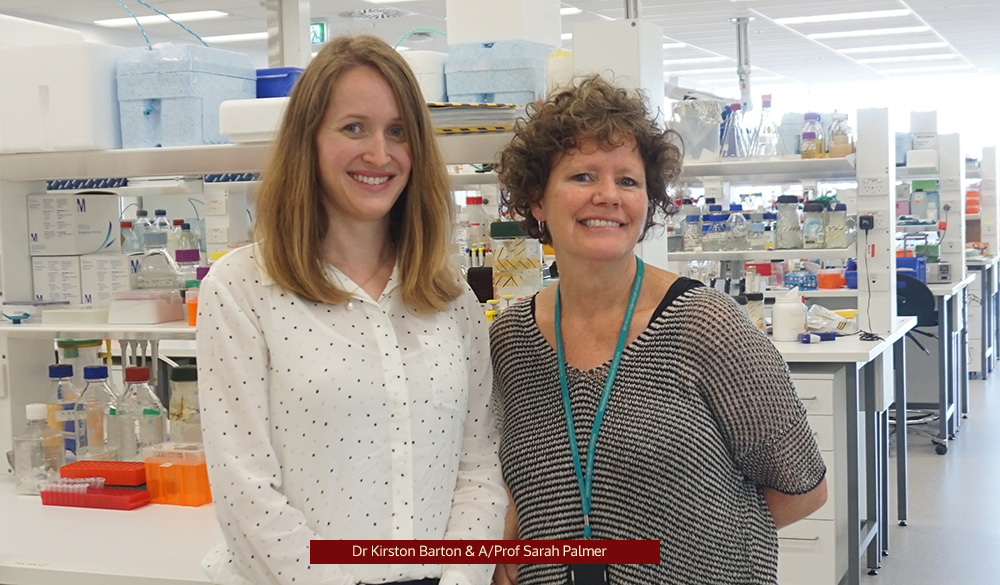September 12, 2016 Print
New research has raised hopes that medical science may one day be able to completely purge latent HIV from the cells of infected people who are otherwise successfully controlling the disease with antiretroviral therapy.
Although the therapy can reduce HIV levels in the body to low or undetectable levels, latent reservoirs of HIV survive by being “invisible” to the body’s immune system.

These reservoirs have so far proven impossible to fully eradicate and are the principal barrier to curing HIV.
Genetic analyses by a team at The Westmead Institute for Medical Research in Sydney has shown that a class of drugs called HDAC inhibitors activate HIV expression from a diverse population of latent HIV-infected cells.
The research suggests the drugs can potentially be used in combination with immunotherapy in a “shock-and-kill” strategy to purge the HIV-infected cells. This would then allow patients to discontinue antiretroviral treatment and live without fear of viral rebound.
The research, published by the prestigious journal Nature Communications, has shown that the HDAC inhibitors, panobinostat and vorinostat, which work as latency reversing agents are a promising class of drugs.

The paper’s first author and Senior Research Fellow at The Westmead Institute, Kirston Barton, used advanced sequencing techniques to analyse samples collected from patients involved in trials of the drugs in Denmark and Melbourne.
“In the lab we were able to establish the baseline reservoir of HIV and then determine which proviruses – virus genomes integrated into the DNA of a host cell - were activated by the HDAC inhibitors,” said Dr. Barton.
“Furthermore, we were then able to discern which of these viruses later contributed to rebound following a very carefully monitored interruption of antiretroviral therapy.
“This is important because an HIV cure will require that all replication-competent viruses are targeted and cleared.”
Dr. Barton said the research showed that RNA activated by panobinostat and vorinostat represented a diverse population of the proviruses.
“This is very good news because it shows that the latency reversing agents are successfully reaching many proviruses which is what needs to happen for the shock-and-kill approach to be successful,” she said.
University of Sydney Associate Professor Sarah Palmer, who designed and supervised the study, said the goal of these first studies was not to eliminate HIV.
“The goal was to see whether HDAC inhibitors would activate HIV in a living person – and they were very successful at broadly activating the virus,” she said.
Associate Professor Palmer, who is the Deputy Director of the Centre for Virus Research at The Westmead Institute, said that although the research result is a positive step, the approach is still in its infancy.
“Data from other labs has shown that the amount of RNA released by infected cells because of the new drugs is not enough to alert the immune system to kill the HIV,” she said.
“So even though we have a class of drugs that is very promising and activates HIV from a diverse range of cells we need more potent HDAC inhibitors for a more pronounced effect.
“More potent HDAC inhibitors are available but the problem is that the mechanism by which these drugs activate HIV can potentially change the expression of thousands of cellular genes.
“So we have been using low doses of the drugs to minimise off-target or side effects and the toxicities for the participants have been very mild. “The other option would be to use these latency reversing drugs in combination with another class of drugs to amplify their effect.”
Associate Professor Palmer and Dr. Barton say their research will now turn to specifically identifying the cells containing this dormant replication-competent HIV.
Their future work will identify the types of cells and reservoirs producing persistent HIV so they can be targeted by new therapies, which is a crucial step for future efforts aimed at HIV eradication.
In the news
Click here to hear A/Prof Sarah Palmer being interviewed on ABC's AM with Michael Brissenden.